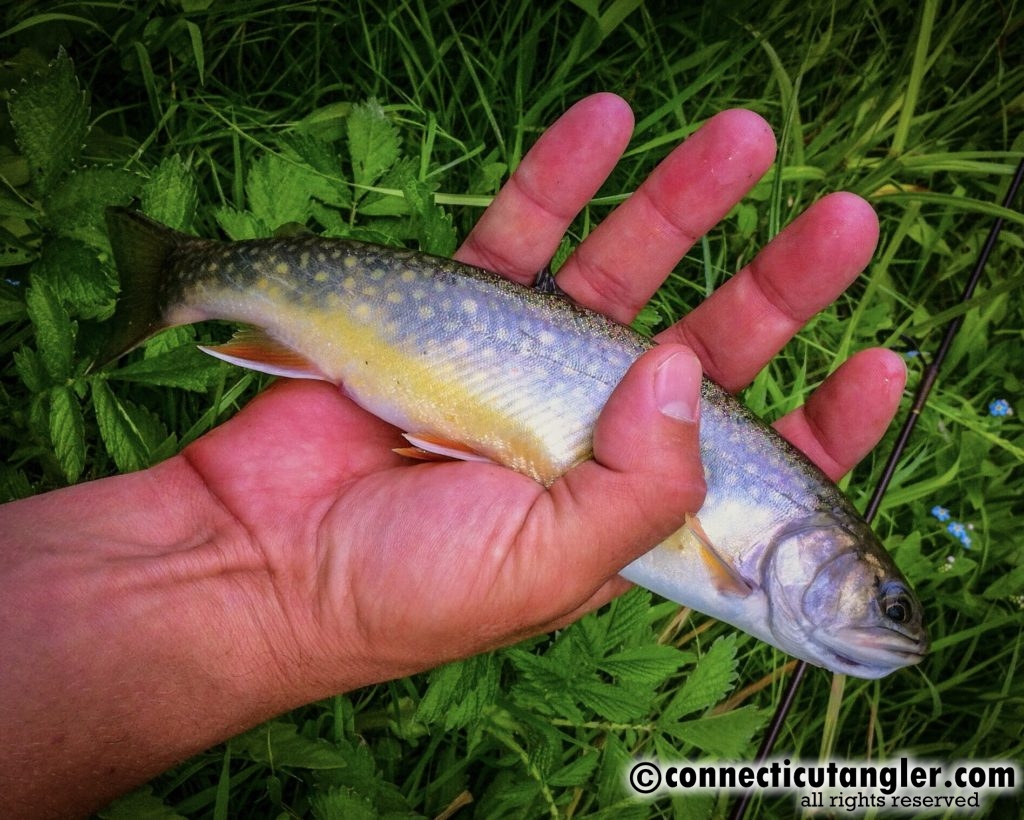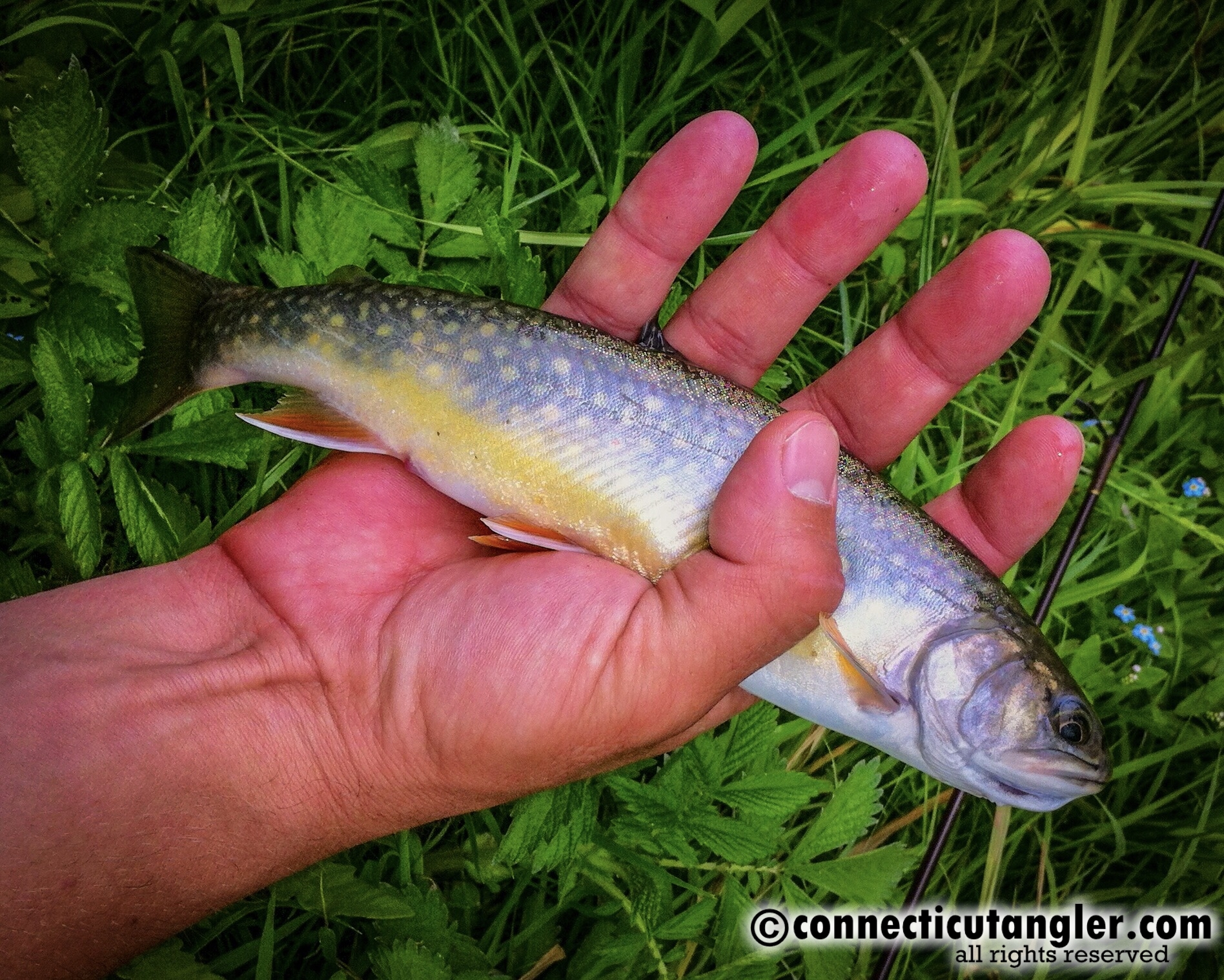
Like so many trout anglers, my introduction to the pursuit centered squarely upon the use of earthworms as bait. And for a good number of years, that is precisely how I continued to pursue trout, even though I had abandoned worms as bait for warmwater fish as a child and used lures for them exclusively. Throwing bait for bass was, in my view, the domain of novices. Yet I compartmentalized these two pursuits: still/warmwater fish on lures, coldwater trout on worms. I was always aware of the contradiction, but it never bothered me, at all. I just accepted it; it was just how it was done.
Specifically, the technique I was taught in the beginning was to seek out pools, runs and seams, affix an appropriate amount of split-shot to the baited line, cast slightly upstream and keep tension on the line as the current carried it down through the prospective run of the river. This, I learned only later, was known as the “dead drift” presentation, a method relied heavily upon by both bait fisherman and fly-fishers alike.
It’s easy for me to forget that it wasn’t exactly eons ago that I made the switch to using flies exclusively for trout, and yet it feels like it’s been so very long since I stopped reaching for that classic, round container of damp soil whenever I was ready to wet a line at the river.
But why all this rambling?
Well, while browsing through H. C. Cutcliffe’s Trout Fishing on Rapid Streams, published in London in 1883, I came across a quote I quite enjoyed. And before I offer you an excerpt, consider that H. C. Cutcliffe was an accomplished fly-fisherman in his time and dedicated several chapters of his book to detailed discussions of catching trout “with the artificial fly”. This was not a man to whom the subtleties of fly-fishing were lost. And as concerns those who he observed fishing earthworms under bobbers, he expresses great disdain, going as far as to say that “with [such] anglers and their occupation, I can hold no fellowship.” Harsh words, indeed! But here are the lines that stood out to me:
“I could not consider any man a perfect disciple of our art, if he were not a good worm fisherman; he may be good with the artificial fly, natural fly, beetle or minnow, but if he is not far advanced in the art of worm fishing, I hold that man to be very limited in his education, and I would recommend him earnestly to pay attention, without further delay, to the subject…”
H. C. Cutcliffe, from Trout Fishing on Rapid Streams, 1883
While Cutcliffe passionately loathed bobber-fishermen, he was eager to dedicate a whole chapter of his book to what he felt were the comparatively noble techniques for dead-drifting earthworms on the river, even outlining what we would think of today as “high-sticking”. Would you believe that?
In truth, it’s refreshing to read the words of an angler such as Cutcliffe. Despite growing advanced enough in his learning to become a 19th-century authority on the art of trout angling, he remained a versatile angler and a man flexible in his technique. He refused to become so preoccupied with one particular approach that there might cease to be room for having the utmost respect for the others.
So while I always reach for a fly box these days instead of a carton of red wigglers, I don’t feel the least bit out of place among friends who are threading halved nightcrawlers on a #8 baitholder. That is the technique from whence I came, and without that foundational education, I’d scarcely stand a chance at one day becoming a “perfect disciple” of this fine art of trout fishing.
